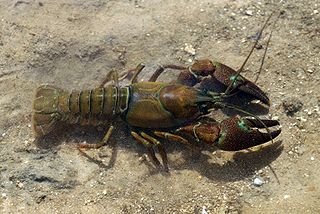October 25, 2013 — According to the U.S. Fish and Wildlife Service, “The negative consequences of invasive species are far-reaching, costing the United States billions of dollars in damages every year. Compounding the problem is that these harmful invaders spread at astonishing rates.” On that last point a group of researchers from the Center for Limnology at the University of Wisconsin–Madison say not so fast. In a paper just published in the journal PLOS ONE, the researchers found that invasive species follow a “nearly universal pattern in ecology … that species are rare in most locations and abundant in a few.” According to Gretchen Hansen, a scientist with the Wisconsin Department of Natural Resources and the study’s lead author, “high abundance is the exception, not the rule.” The authors hope that the study will focus the lens of invasive species management on those exceptions where the invaders do in fact spread like wild fire. Likening the fight against invasive species to that of human disease outbreaks, the study’s authors suggest attempting to identify “hot spots” where prolificacy is most likely and concentrating efforts in those places — in other words, spending the hundreds of millions of dollars the U.S. dedicates to invasive species management where it will have the greatest impact. Photo by David Perez (Wikipedia | Creative Commons)
Ensia shares solutions-focused stories free of charge through our online magazine and partner media. That means audiences around the world have ready access to stories that can — and do — help them shape a better future. If you value our work, please show your support today.
Yes, I'll support Ensia!
